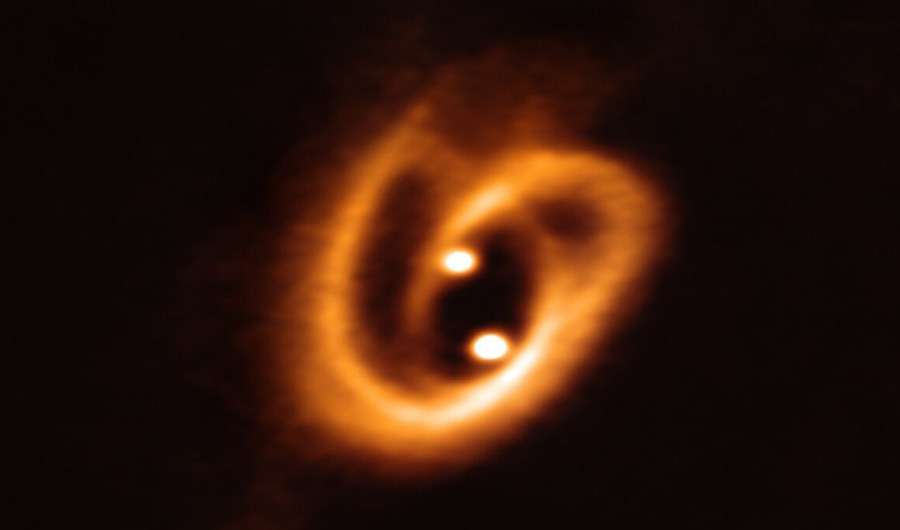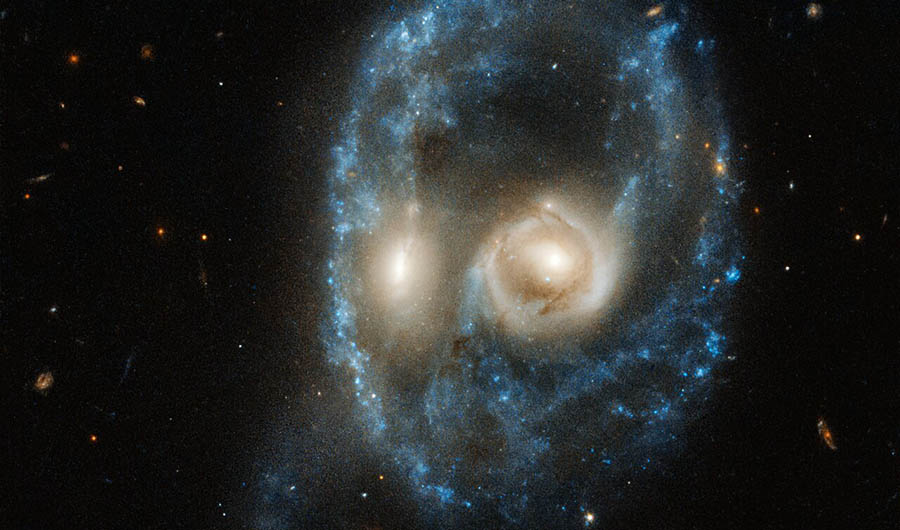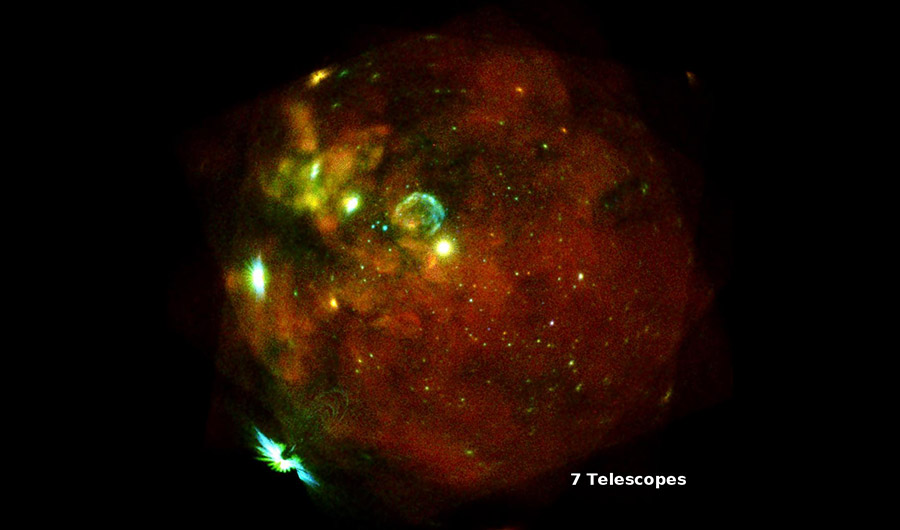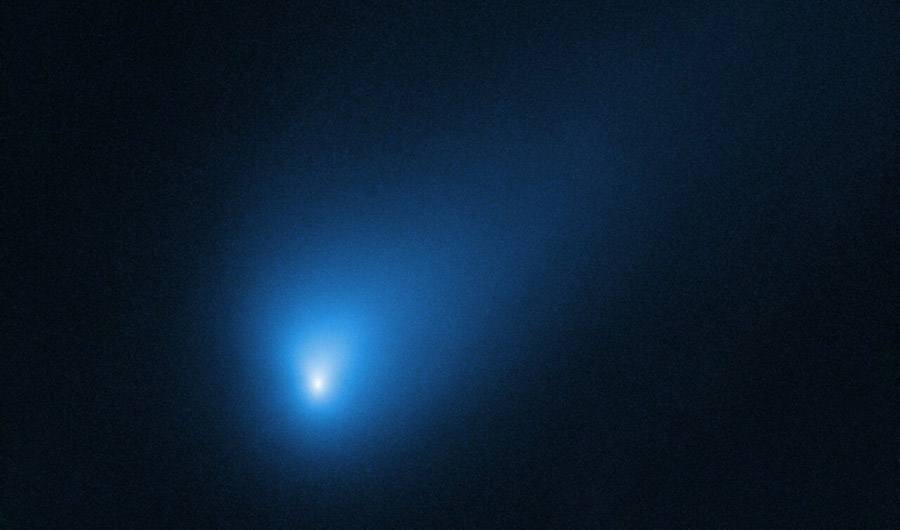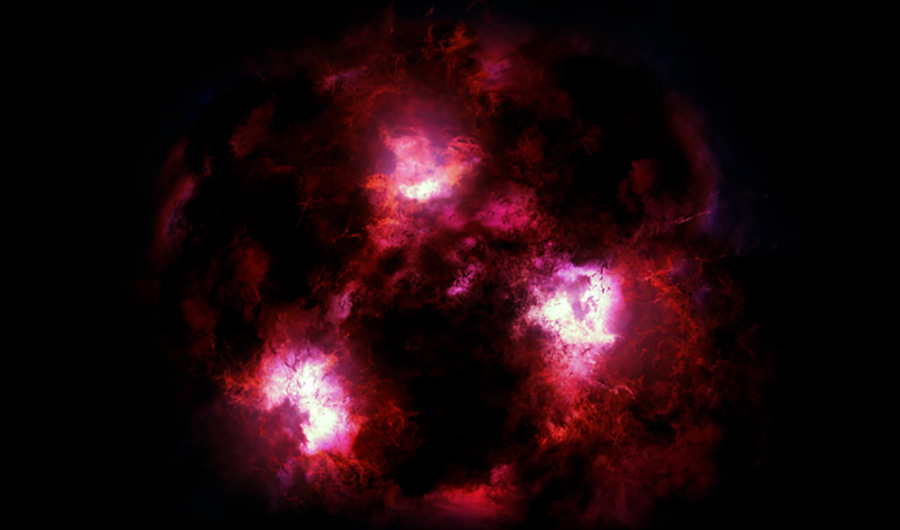October's Spooky Space Pictures
Quiver at the sight of skeletal galaxies, stellar pumpkins and ghostly interstellar visitors.
Image
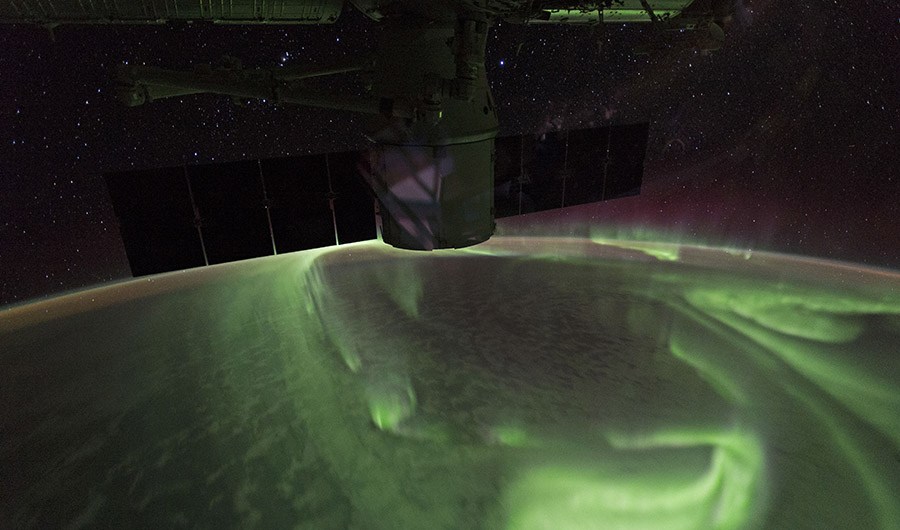
The Southern Lights, as captured by an astronaut on the International Space Station, spread an ethereal green hue across our atmosphere.
Media credits
(Inside Science) -- This October, even the stars seem haunted with mysterious stellar phenomena. The Hubble Space telescope imaged a skull-shaped galaxy collision and a pale, blue visitor from outside our solar system. We also feature stellar pretzels and pumpkins among our weird and wonderful pictures this month.
Filed under

